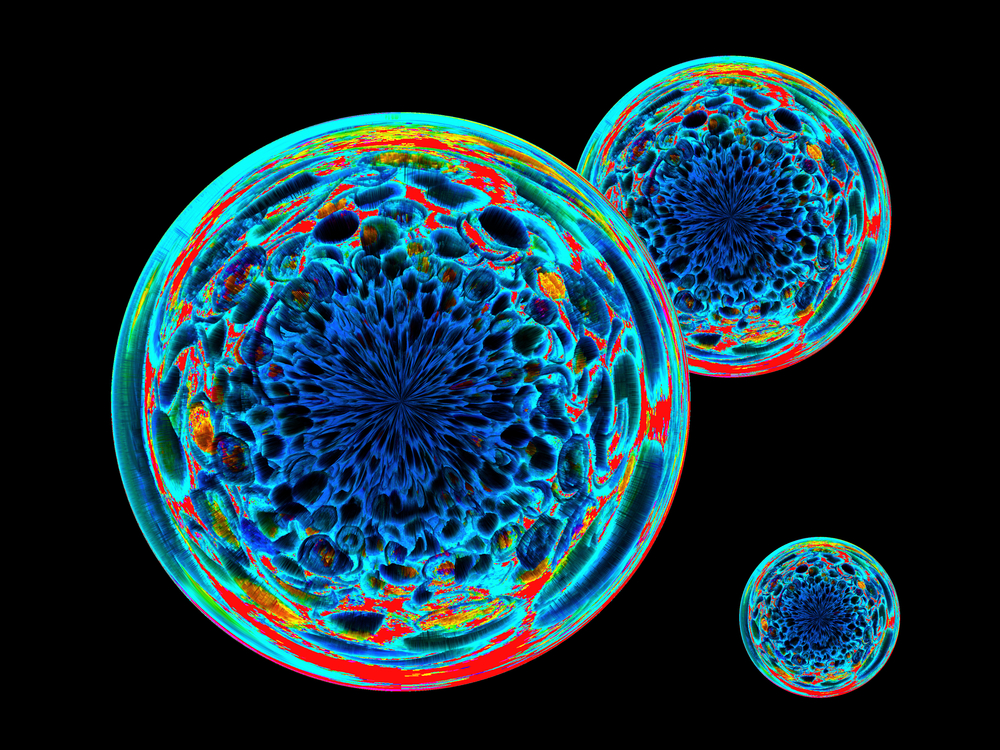Fat Spheres Can Deliver DNA into Cells of Central Nervous System, Hold Therapeutic Potential
Written by |

Non-viral vehicles, called niosomes, can deliver DNA to glial cells in the central nervous system, a new study shows. The findings open new avenues for gene therapy and the treatment of neurological disorders, including multiple sclerosis (MS).
The study “Non-viral vectors based on cationic niosomes as efficient gene delivery vehicles to central nervous system cells into the brain” was published in the International Journal of Pharmaceutics.
Gene therapies are gaining increasing interest for their potential to treat diseases with a genetic cause. The underlying principle of gene therapy is to integrate a new piece of genetic material inside a cell. Researchers use a method called transfection to achieve this, but the process can be challenging, especially for cells in the central nervous system (brain and spinal cord).
“In the case of the nervous system, this transfection is particularly complicated, due among other factors to the physical barriers that the brain has and which have to be overcome,” Gustavo Puras, a faculty member at the UPV/EHU-University of the Basque Country and one of the study’s authors, said in a press release.
Most gene therapies rely on viruses to transfer the genetic material to target cells. These are usually modified so they do not cause disease, but maintain their ability to infect cells. This way they can enter cells and deliver the genetic information.
Now, researchers decided to test a non-viral vector called a niosome, which is a spherical vesicle (bubble) made of fat (lipids) that can carry DNA.
“They are lipid particles, vesicles, made up of three components: a cationic lipid, which is responsible for bonding with the DNA that one is intending to transfect; another helper lipid that facilitates entry into the nucleus through the membrane and prevents degradation of the niosome by the cellular lysosomes, and a non-ionic tensioactive agent that stabilizes the emulsion used in dealing with these particles,” Puras said.
Researchers first tested the individual components to build these lipid vesicles, and selected a fat molecule called lycopene.
“We used lycopene as the helper lipid, the pigment which gives tomatoes their color and which is known to have properties in treating cancer and cardiovascular diseases but whose possible role in gene therapy had not been studied before,” Puras said.
The team decided to carry the gene of interest in a fluorescent vector (plasmid) so they could follow and measure the efficiency of gene delivery. “It is not a therapeutic plasmid, but it enabled us to know whether the cells had been transfected or not, because if they had, they would emit green fluorescence,” Puras said.
Researchers then tested their niosome-plasmids in nerve cells grown in the lab to assess their efficacy, measuring the number of cells that became green and whether they were alive.
“What we saw was that incorporating the lycopene into the formulation improved the transfection of these neurons,” Puras said.
Afterward, the team conducted in vivo tests by injecting the niosomes into the brains of rats. Results showed that the main cells being targeted by the niosomes in rats were not nerve cells but rather glial cells — those surrounding neurons to provide support — and endothelial cells (those lining blood vessels).
While these cells “are not neurons,…they are also important, and they divide more; that is why we managed to transfect them in a greater proportion,” Puras noted.
Glial cells have been suggested to increase the levels of a chemical messenger in the brain that triggers an immune reaction and, potentially, autoimmune attacks, such as those seen in MS.
“The cells that turned out to be transfected to the greatest extent, the glial cells, are highly abundant in the central nervous system, and play a crucial role in the proper development and functioning of nerve tissue. What is more, their alteration is associated with a whole range of neurological disorders, such as brain hemorrhages, multiple sclerosis, epilepsy, Alzheimer’s and Parkinson’s,” Puras said.
Overall, these preliminary findings support the efficiency of niosomes as a potential delivery vehicle for gene therapies, and open new avenues for the potential treatment of neurological disorders, such as MS.
“Many possibilities are being opened up,” Puras said.





